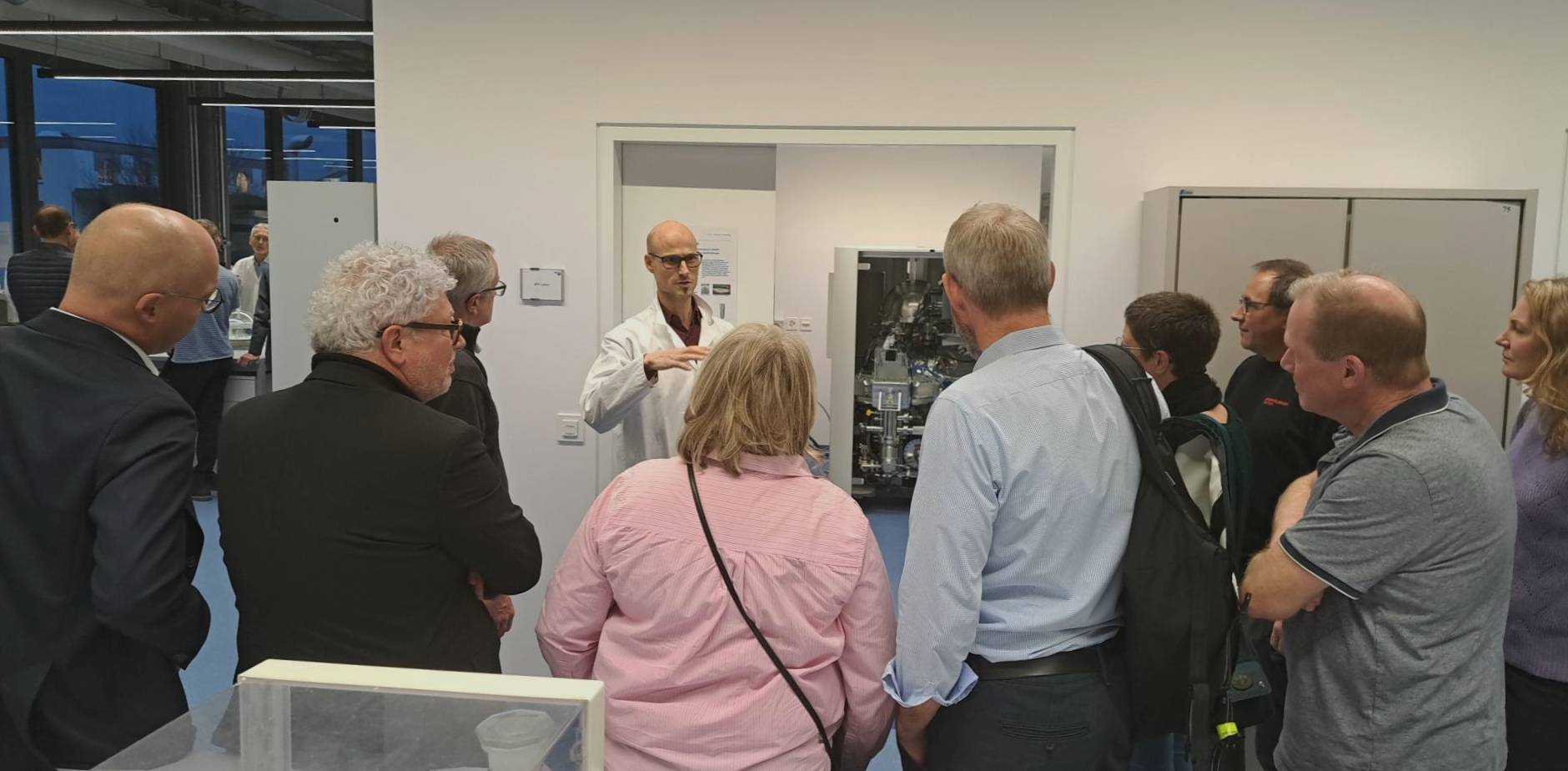RMS Foundation
Robert Mathys-Strasse 1
2544 Bettlach
Switzerland
Phone +41 32 644 2000
The cleanliness of components plays a key role in many areas, as it has a significant impact on the quality, safety and reliability of the manufactured intermediate and end products. In medical technology, the slightest contamination on or in instruments or implants can endanger the health of patients, for example through infections. In the watchmaking industry, where precision is crucial, dust or production residues can disrupt the functioning of the end product and thus impair accuracy and longevity. In the machine industry, contamination leads to increased wear, corrosion or malfunctions, which reduces the service life of machines and can lead to costly breakdowns.
In order to ensure the required purity of a test object, we use highly specialized analytical techniques that allow us to precisely examine the material composition and product surfaces.
It can be measured either directly on a medical device or indirectly by extraction and subsequent analysis of the extract. Direct measurement (e.g. by XPS, FT-IR or EDX) often requires minimal sample preparation, but is localized and may not be sufficiently representative. Extraction, on the other hand, enables the quantification of a total amount of impurities (e.g. using GC-MS, TOC, TN or ICP-MS). In addition, impurities in the form of particles can be classified and quantified after filtration (more information can be found here).
By using these analytical methods, high product quality is ensured and potential impurities are detected at an early stage. This makes a significant contribution to ensuring that the high-quality end product is reliable and safe and that the requirements for cleanliness and functionality are met.
You can find more information on the topic of cleanliness / purity of medical devices here.
Whenever possible, we carry out our testing services in accordance with or based on these international standards:
Various options for cleanliness analyses are available, for example:
RMS is an ISO/IEC 17025 accredited analytical laboratory (accreditation type C). Many of the analyses are already validated. New or customer-specific analysis methods can be validated and accredited by us.

Since 1995, the services of our materials testing laboratory have been accredited according to ISO/IEC 17025. Our QM system is ISO 9001 certified.
Here you will find our latest blog posts.

RMS Foundation
Robert Mathys-Strasse 1
2544 Bettlach
Switzerland
Phone +41 32 644 2000
E-Mail
The RMS Foundation will be closed from 24 December 2025 through 2 January 2026. We will be pleased to assist you again from Monday, 5 January 2026.
Subscribe to our Info-letter, and we will inform you about 10 times a year about current developments in the fields of material testing, research, and knowledge transfer.